Lift Off Time | January 8, 2021 02:15:04 UTC January 7, 2021 21:15:04 EST |
|---|---|
Mission Name | Türksat 5A, a telecommunication satellite |
Launch Provider | SpaceX |
Customer | Türksat A.Ş. |
Rocket | Falcon 9 Block 5 B1060-4; 76 day turn around time Note: it turns out we have been notating booster flights incorrectly; internally SpaceX uses the dash. |
Launch Location | Space Launch Complex 40 (SLC-40), Cape Canaveral Space Force Station, Florida |
Payload mass | 3,500 kg (7,700 lbs) |
Where did the satellite go? | Geostationary Transfer Orbit (GTO) |
Did they attempt to recover the first stage? | Yes |
Where did the first stage land? | 673 km downrange on Just Read the Instructions Tug: Finn Falgout; Support: GO Quest |
Did they attempt to recover the fairings? | Yes. One fairing was successfully recovered but the other was damaged |
Were the fairings new? | No, one fairing half flew on the GPS III SV03 mission, and the other flew on the ANASIS-II mission. 191 and 171 day turn around time, respectively |
This was the: | – 104th Falcon 9 launch – 50th re-flight of a booster – 71st booster landing – 21st consecutive landing (New record for SpaceX) – 15th and 16th re-flight of a fairing half – 1st launch for SpaceX in 2021 – 2nd SpaceX launch on January 8 (Zuma launched on Jan 8, 2018) – 62nd SpaceX launch from SLC-40 – 1st orbital launch attempt of 2021 – 32nd SpaceX launch to GTO – 12th mission using Flynn Falgout as the ASDS tug – 52nd mission with GO Quest as the ASDS support ship – 3rd landing of B1060 or JRTI, the most times a single booster has landed on JRTI |
Where to watch | Official replay Everyday Astronaut replay |
How did it go?
SpaceX successfully launched the Türksat 5A communication satellite for Türksat on the Falcon 9. The Falcon 9 lifted off from Space Launch Complex 40 (SLC-40), from Cape Canaveral Space Force Station, in Florida. The first stage successfully landed on Just Read the Instructions marking the 71st booster landing, and the satellite was successfully deployed into a Geostationary Transfer Orbit.
The satellite will now spend several months raising its perigee and adjusting its apogee to get into the 35,786 km circular geosynchronous orbit. Unlike a geostationary orbit, once the satellite is in its final orbit it will not appear stationary to an observer in the sky, and will instead trace a figure 8 pattern.
Türksat 5A satellite
Türksat 5A is a Turkish communication satellite built by Airbus Defense and Space. The satellite, which is operated by Türksat, will provide direct TV broadcasting services and general telecommunication services to Turkey, Europe, the Middle East, and parts of Asia and Africa. Türksat 5A operates in Geosynchronous Orbit (GSO) at 31° East inclination.
Türksat 5A is based on the Eurostar-3000EOR satellite bus. The bus is equipped with two deployable solar arrays which in combination with batteries provide the satellite with over 12 kW of power. This will make Türksat 5A the most powerful satellite in Türksat’s fleet. In fact, the satellite is fully electric and uses ion propulsion. Türksat 5A is equipped with 42 Ku band transponders and has a lifespan of 15 years.

What is Falcon 9 Block 5?
The Falcon 9 Block 5 is SpaceX’s partially reusable two-stage medium-lift launch vehicle. Block 5 is the final iteration of the Falcon 9; the goal is to apply all the lessons learned from 56 previous Falcon 9 pre-Block 5 flights into a human-rated reusable rocket. The Falcon 9 contains 3 main components: a reusable first stage, an expendable second stage, and a reusable fairing.
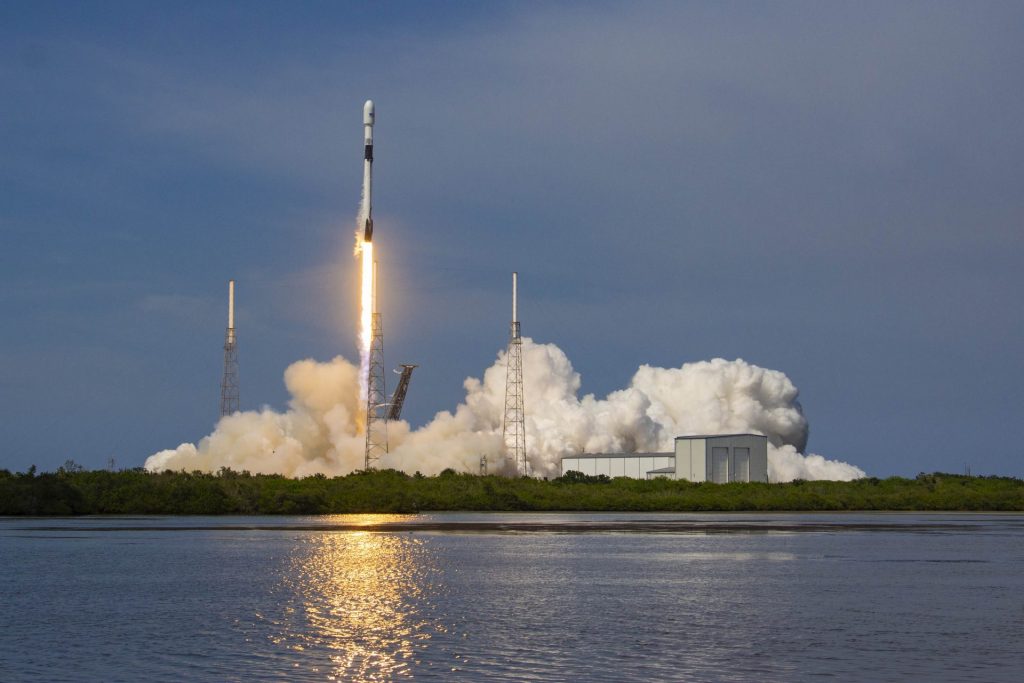
Block 5 updates:
SpaceX introduced a lot of changes on Block 5, allowing it to become the crew-launching reusable rocket that we know today. To start, the Composite Overwrapped Pressure Vessels (COPVs) had to undergo a complete redesign. NASA mandated the COPV redesign, as it had been the cause of both of the Falcon 9 failures: AMOS-6 and CRS-7.
Alongside with certification for human spaceflight, Block 5 came with a number of other major changes. To increase the amount of flight each booster could handle, and decrease the turnaround time, SpaceX reinforced the landing legs, upgraded the grid fins, and added a carbon fiber interstage. They also added heat-resistant external paint and upgraded the engines. For more information about the changes in Block 5, and the other Blocks of the Falcon 9, check out this video by the Everyday Astronaut:
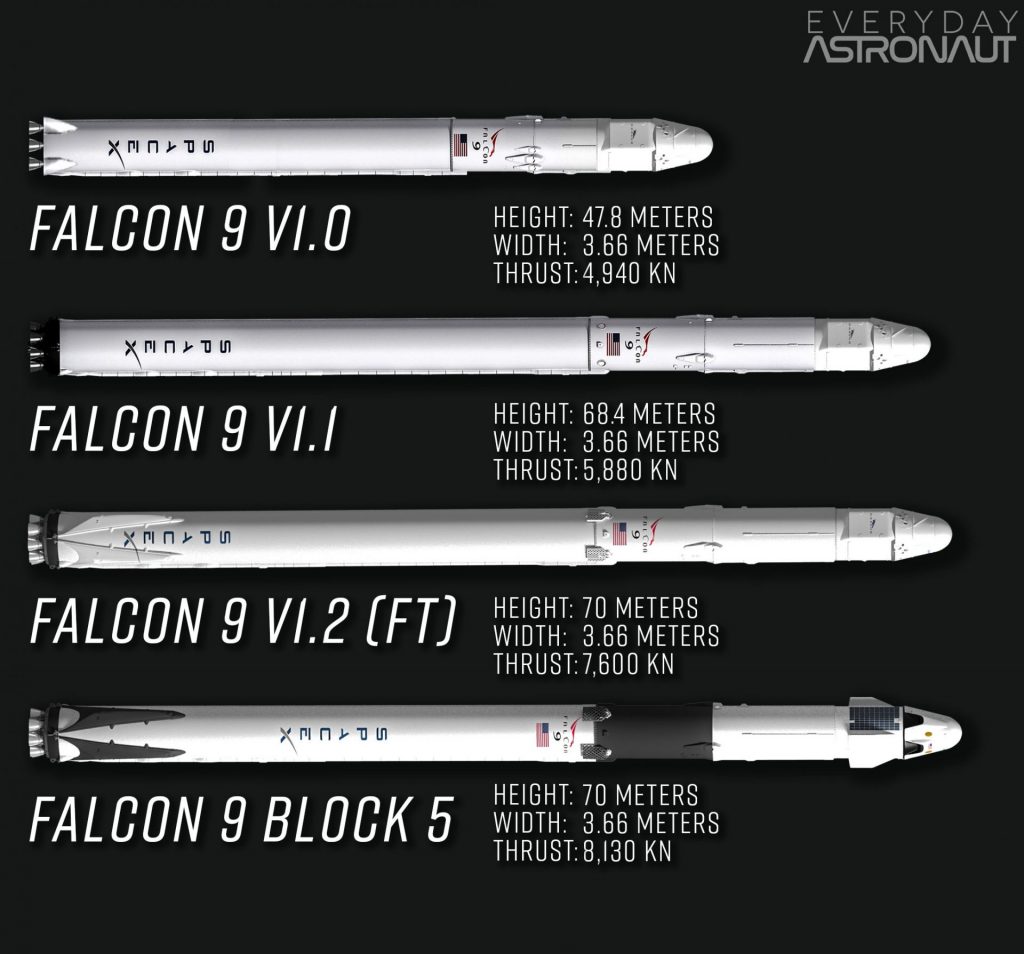
Falcon 9 Booster B1060
The booster that supported this mission is B1060. This booster had already flown three times. Its maiden flight was on the GPS III SV03 mission for the USSF, which launched on June 30, 2020. It’s second flight was on Starlink V1.0 L11, which launched on September 3, 2020. Its third flight was on Starlink V1.0 L14, which launched on October 24, 2020. As this was the booster’s 4th flight, its designation changed to B1060-4.
Following stage separation, the Falcon 9 conducted 2 burns. These burns softly touched down the booster on Just Read the Instructions.
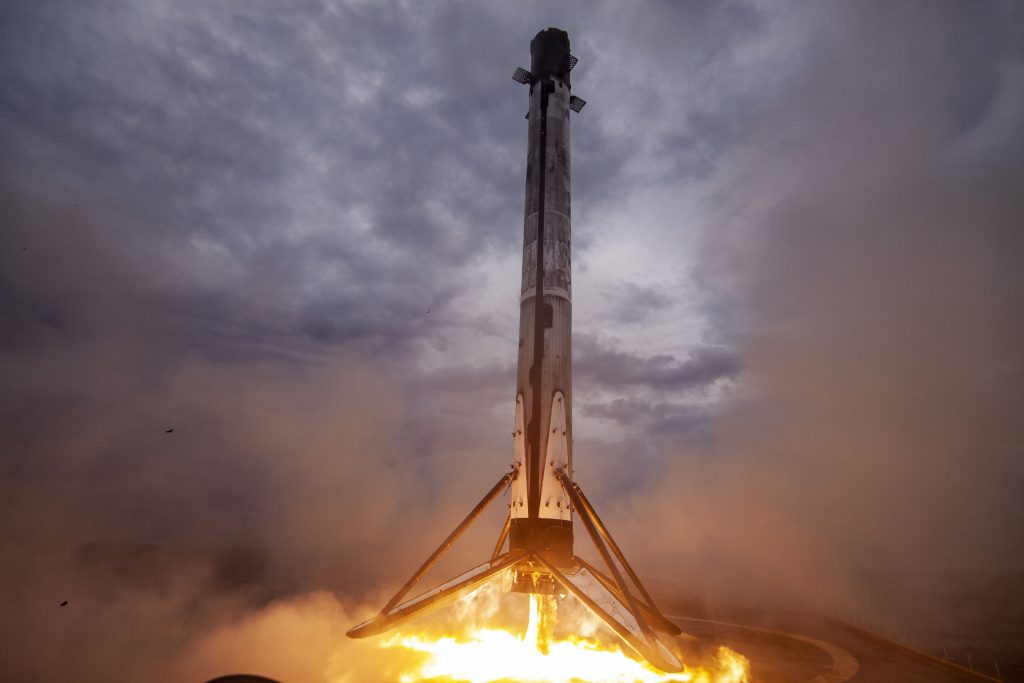
Fairing Reuse
SpaceX is the first entity ever that recovers and reflies its fairings. The recovery vessels, Go Ms. Tree and Go Ms. Chief, attempted to recover the fairing halves. After being jettisoned, the two fairing halves will use cold gas thrusters to orientate themselves as they descend through the atmosphere. Once at a lower altitude, they will deploy parafoils to help them glide down to a soft landing for recovery.
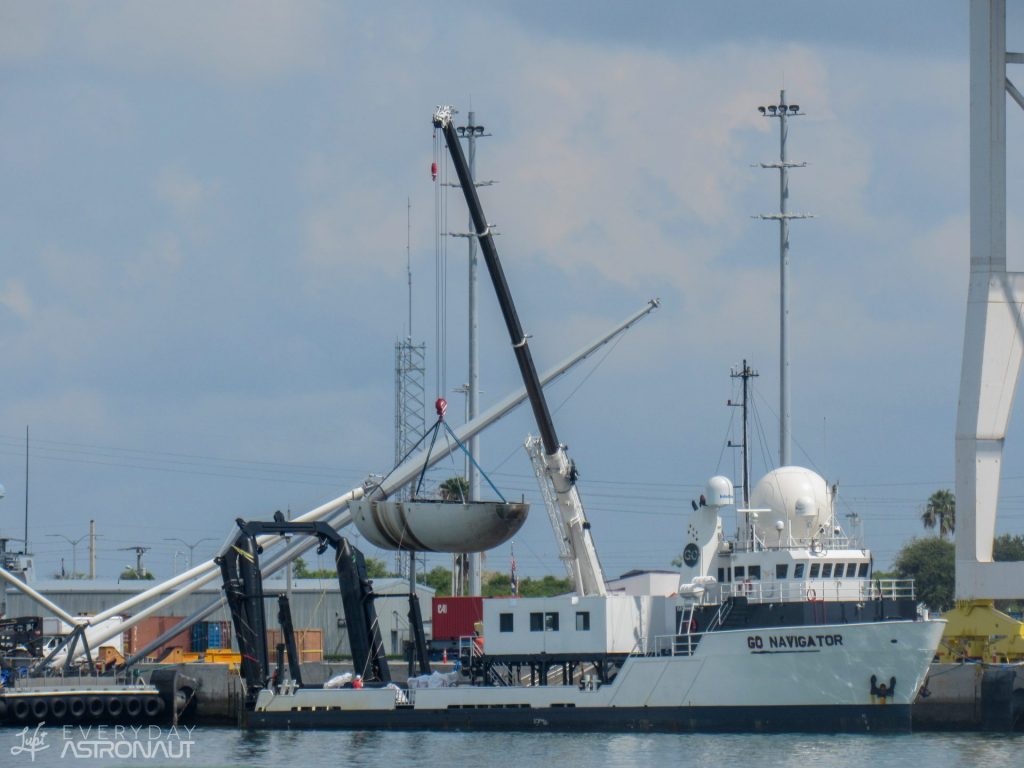
Half of the fairing being taken off Go. Navigator. (Credit: Lupi) 
A fairing half being lifted off Go Ms. Tree (Credit: Lupi) 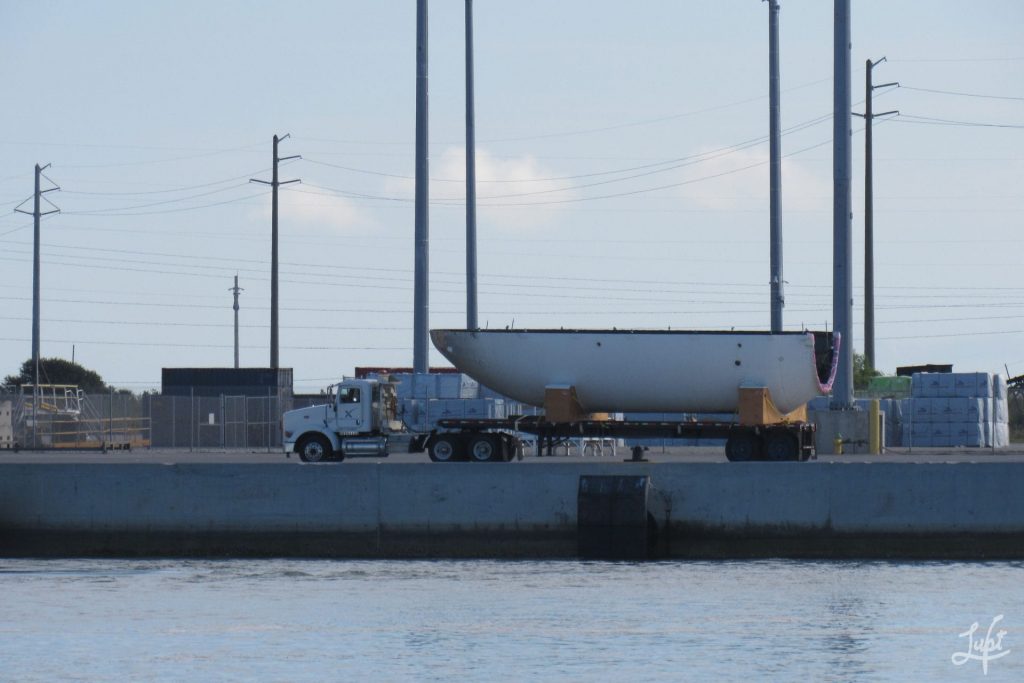
Fairing half loaded on semi (Credit: Lupi) 
Fairing Half being unloaded from Go Ms. Tree
Türksat 5A Full Mission Profile
Hr/Min/Sec Event
– 00:38:00 SpaceX Launch Director verifies go for propellant load.
– 00:35:00 RP-1 (rocket grade kerosene) loading underway.
– 00:35:00 1st stage LOX (liquid oxygen) loading underway
– 00:16:00 2nd stage LOX loading underway
– 00:07:00 Falcon 9 begins engine chill prior to launch
– 00:01:00 Command flight computer to begin final prelaunch checks
– 00:01:00 Propellant tank pressurization to flight pressure begins
– 00:00:45 SpaceX Launch Director verifies go for launch
– 00:00:03 Engine controller commands engine ignition sequence to start
– 00:00:00 Falcon 9 Liftoff
Launch, Landing, and Satellite Deployment*
Hr/Min/Sec Event
00:01:12 Max Q (moment of peak mechanical stress on the rocket)
00:02:34 1st stage main engine cutoff (MECO)
00:02:38 1st and 2nd stages separate
00:02:46 2nd stage engine starts (SES-1)
00:03:37 Fairing deployment
00:06:17 1st stage entry burn begins
00:08:02 2nd stage engine cutoff (SECO-1)
00:08:28 1st stage landing
00:26:51 2nd stage engine starts (SES-2)
00:28:03 2nd stage engine cutoff (SECO-2)
00:33:04 Türksat 5A deployment
* All times are approximate





